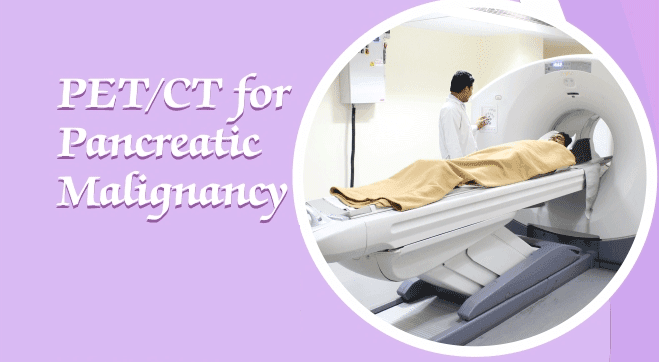PET/CT for Pancreatic Malignancy lipase cancers are considered as some of the more aggressive types of cancer and are linked to poor survival rates. In addition to its propensity to spread rapidly, pancreatic cancer also does not manifest many obvious symptoms, leading to its detection at later stages. In India, the incidence of pancreatic cancer is 0.5 to 2.4 per 1 lakh men and 0.2 to 1.8 per 1 lakh women.








